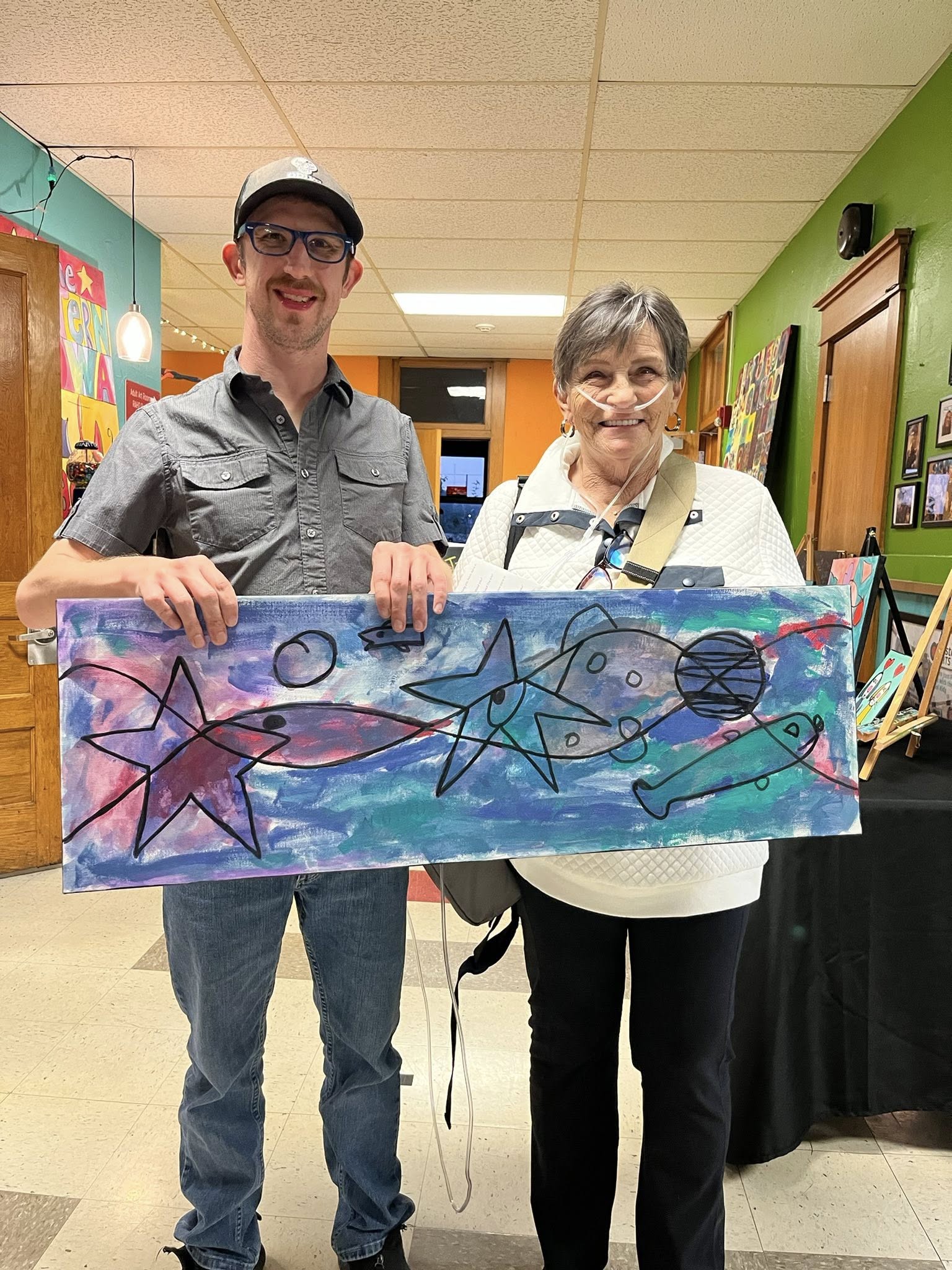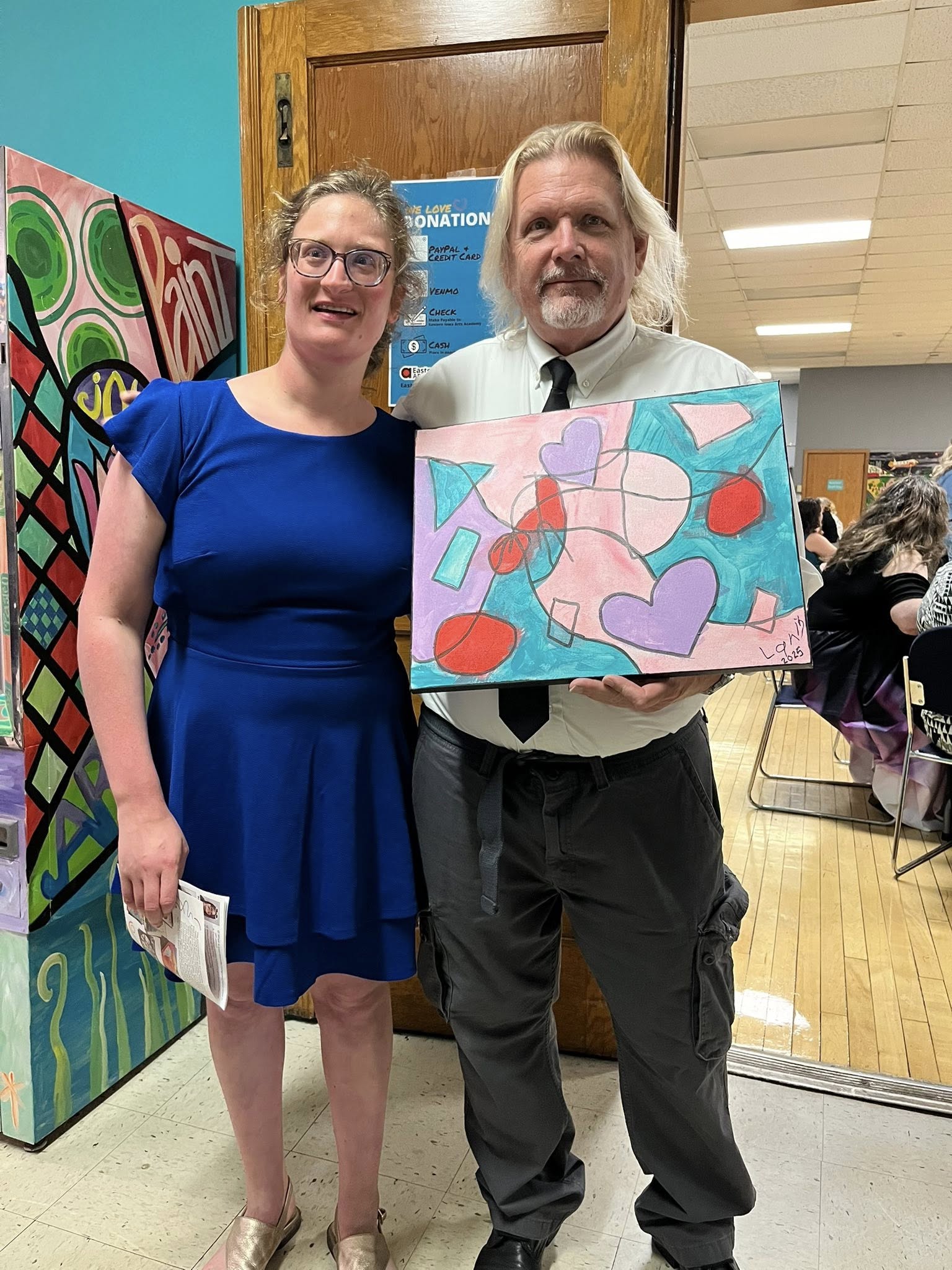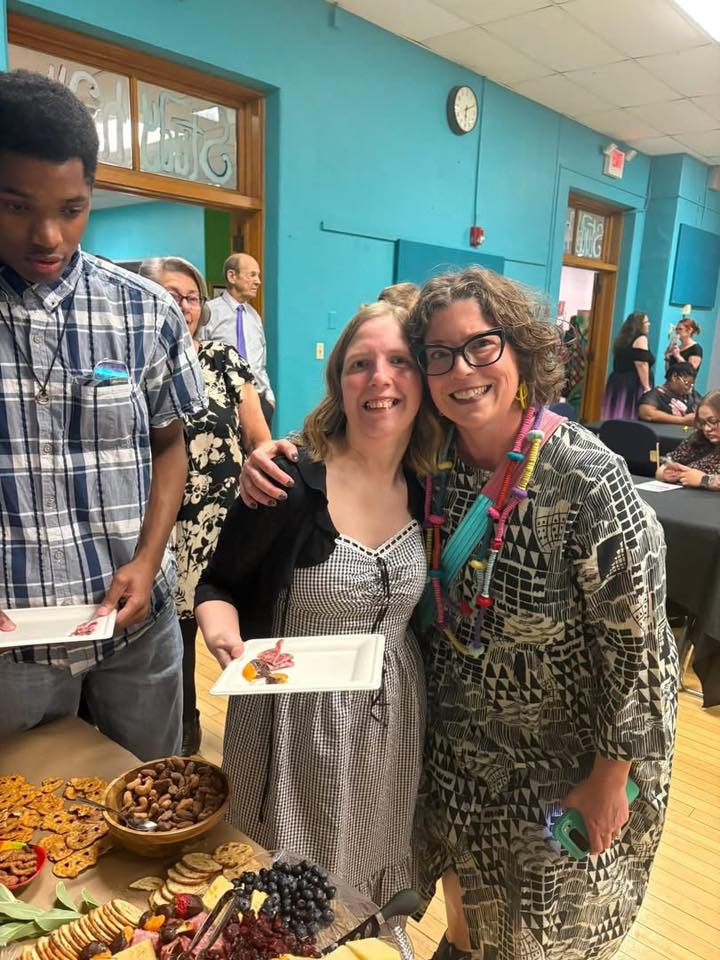
By Christopher Burgess
Part 2 - How arts education builds social and emotional skills
“The purpose of arts education is not to produce more artists, though that is a byproduct. The real purpose of arts education is to create complete human beings capable of leading successful and productive lives in a free society.”
– Dana Gioia
How does art education help adults?
Sometimes, when we speculate about the advantages and benefits to be gained from an arts education, we send our expectations too far afield. We wonder about how the arts can make us more imaginative in our daydreaming, more creative in our downtime and more entertaining at parties.
We should spend more time thinking about how arts education can help us become better professionals and better people in our everyday lives – better at understanding other points of view and appreciating other perspectives, better at finding solutions to thorny problems, better at resolving conflicts, better at coping with drama and managing workplace and family politics, better at explaining and listening, better at bouncing back from failures and better at starting over when that inevitably happens.
Arts education helps adults by reaching them as children
A recent literature review by the National Endowment for the Arts in “The Arts in Early Childhood,” supports the growing consensus among researchers, educators and parents that healthier, more advanced and sophisticated social skills are positively associated with experience and education in music and movement, dance, singing, drama, visual arts and creativity exercises like building and making objects.
Art has been linked to improvements in childhood and adolescent social activity and self-regulating behavior, such as the ability to calm down and focus. Even toddlers and small children who receive arts education “show more advanced development in prosocial behaviors like helping, sharing, caring, empathizing with others and perspective taking.”
What does the research say about arts education?
As the report “Arts Education” by the Consortium on School Research at the University of Chicago explains, art practices include social-emotional components, and in this way, art competencies are associated with social-emotional competencies. An art competency refers to “the artistic knowledge and skills a student develops as a result of their participation in an art education process and/or practice over time.”
A social-emotional competency is a set of one or more social or emotional skills, beliefs, habits, or behaviors that have been reinforced as the result of repeated developmental experiences (social-emotional components) during an art education process.
What this means in broad terms is that artistic, social and emotional skills all grow and flourish together over time through art practice and art education.
What does this mean in practical terms?
As an example, let’s take a hypothetical high-school student we’ll call Sam, a singer who wants to join a rock band through a local arts and music program. After they spend some time in lessons and practice, they decide to go through a series of auditions to join the band, learn the music, work their way through many rehearsals and then take a chance on singing in public.
The art competencies Sam will develop include vocal range, breath and pitch control, memorization and recall, as well as stage presence and the ability to perform in front of a crowd. In the local youth rock band program, Sam will also develop a long list of social-emotional competencies, not just by learning music, but by learning and performing as part of a community. These social-emotional competencies include self expression, communication, collaboration, resilience, problem solving, empathy, emotional regulation and cultural awareness.
The best part about this is that Sam’s friend Jay, who is one of the guitar players in the same rock band, is developing all the same social-emotional competencies that Sam is, even though he’s really focused on strengthening a whole different set of art competencies, like intervals and harmony, finger dexterity and complex pattern recognition, tone and style.
In the future, when Sam’s team is working on a huge, important project and they need help from somebody their team can count on, they will remember Jay – not as the cool, funny guitar player who sometimes mixed up the major and minor scale guitar solos, but as the focused, precise problem solver and easygoing team member that Jay turned into (and that Sam’s team really needs).
Ask any adult who had an arts education when they were young
“Arts education has often been placed at the periphery of the education world,” say the authors of “Arts Education,” but it has become much clearer that it has a fundamental role to play in raising young people to become “healthy, engaged and productive adults.”


